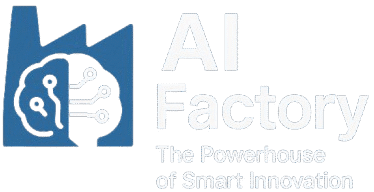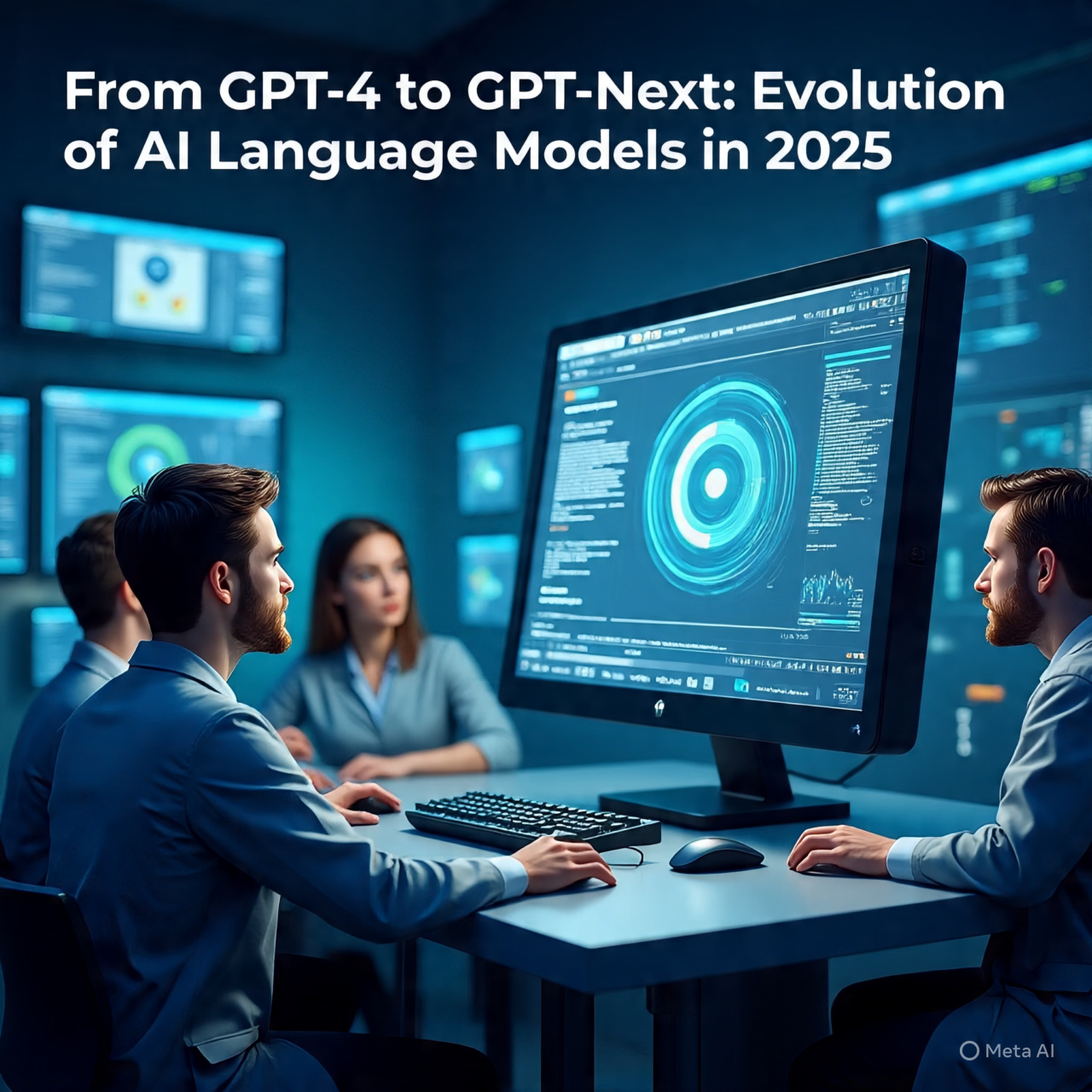Introduction
Welcome to the future of AI—where language models are no longer just tools but collaborative companions. As we move deeper into 2025, the buzz around “GPT-Next” is reshaping how businesses, developers, educators, and everyday users interact with artificial intelligence. This article takes a deep dive into the remarkable journey from GPT-4 to GPT-Next, tracing its evolution, innovations, and implications. If you’re curious about the transformation of AI language models in 2025, you’re in the right place.
Background: The Rise of Generative AI
To appreciate the leap to GPT-Next, we must first understand where it all began. GPT-4, released in 2023, marked a massive step forward from its predecessors. It introduced enhanced reasoning, longer context windows, and more nuanced conversational capabilities. It empowered users in sectors ranging from healthcare and law to creative arts and customer service.
But GPT-4 wasn’t without its limitations—context retention was still not perfect, real-time learning was limited, and multi-modal tasks had room to improve. Enter GPT-Next in 2025: a model that redefines intelligence and interaction, blending human-like understanding with machine precision.
Detailed Comparison: GPT-4 vs. GPT-Next
| Feature | GPT-4 | GPT-Next |
|---|---|---|
| Release Year | 2023 | 2025 |
| Token Limit | 32,000 tokens | 1,000,000+ tokens |
| Contextual Memory | Short-term only | Persistent memory across sessions |
| Modality | Text, Image | Text, Image, Video, Audio, Code |
| Reasoning & Planning | Good | Excellent with multi-step and long-term planning |
| Personalization | Limited | Dynamic user profiles, tailored responses |
| Real-Time Learning | Static, retrained models | Live adaptive learning with ethical safeguards |
Key Features and Benefits of GPT-Next
1. Massive Context Window
GPT-Next supports over a million tokens, making it capable of understanding entire books, long conversations, or massive datasets in a single session. This opens doors for researchers, writers, and developers like never before.
2. Multimodal Mastery
Not just text anymore—GPT-Next can seamlessly understand and generate text, images, audio, video, and even programming code, creating immersive and interactive experiences.
3. Personalized Memory
GPT-Next introduces persistent memory, allowing it to recall previous conversations, understand user preferences, and adapt its tone or style over time—revolutionizing how businesses build relationships with users.
4. Real-Time Collaboration
Work collaboratively with GPT-Next on projects—like a true teammate. It can remember project goals, offer contextual feedback, and even manage timelines or deliverables.
5. Enhanced Security and Compliance
With E-E-A-T principles at the core, GPT-Next is designed with transparency, accountability, and compliance in mind—crucial for enterprise and healthcare environments.
Pros and Cons
Pros:
- Unmatched comprehension and memory
- High-quality output across various media formats
- Strong personalization and user retention
- Live learning without retraining entire models
- Safe and ethical usage frameworks
Cons:
- High computing power and cost for advanced features
- Risk of overreliance or dependency
- Ongoing challenges with hallucination in edge cases
- Privacy considerations for persistent memory
Use Cases: Who Should Use GPT-Next?
1. Enterprises and Startups
From automating customer support to analyzing market trends in real-time, GPT-Next is a game-changer for businesses of all sizes.
2. Educators and Students
GPT-Next functions as a tutor, curriculum designer, and knowledge companion. It personalizes education like never before, adapting to individual learning styles.
3. Developers and Data Scientists
Need a co-pilot for your code? GPT-Next not only writes but explains, debugs, and optimizes code with deep understanding.
4. Creatives and Content Creators
Writers, designers, and video editors now have a partner that helps generate, refine, and innovate content in every format imaginable.
5. Healthcare and Legal Professionals
With strict compliance modes and high contextual fidelity, GPT-Next assists in clinical documentation, legal research, and more.
Frequently Asked Questions
1. What makes GPT-Next different from GPT-4?
GPT-Next offers persistent memory, supports more modalities, and can process significantly more data at once—making it more human-like and scalable.
2. Can GPT-Next be fine-tuned for specific industries?
Absolutely. GPT-Next includes tools for enterprise customization, enabling organizations to fine-tune it for sectors like law, medicine, finance, and education.
3. Is GPT-Next safe for children and public use?
Yes, it features advanced content filtering, ethical safeguards, and parental controls to ensure safe usage across demographics.
4. How is GPT-Next trained and updated?
GPT-Next combines foundational training with live updates, allowing it to learn and adapt in near real-time while respecting user privacy.
5. Is GPT-Next accessible on mobile and low-power devices?
While its most advanced features require powerful hardware, cloud-based access makes GPT-Next usable even on mobile phones and lightweight devices.
Conclusion
The journey from GPT-4 to GPT-Next symbolizes the dawn of a new AI era—one where language models evolve from tools to collaborators. With capabilities that span understanding, creating, and reasoning across modalities, GPT-Next is poised to transform industries and redefine productivity, creativity, and learning.
Final Verdict: GPT-Next or Stay with GPT-4?
For casual users, GPT-4 may still suffice for basic tasks. But for professionals, enterprises, and innovators, upgrading to GPT-Next is not just an option—it’s a necessity. The future is here, and it’s multimodal, memory-rich, and magnificently powerful.
Focus Keyword: Evolution of AI language models in 2025

